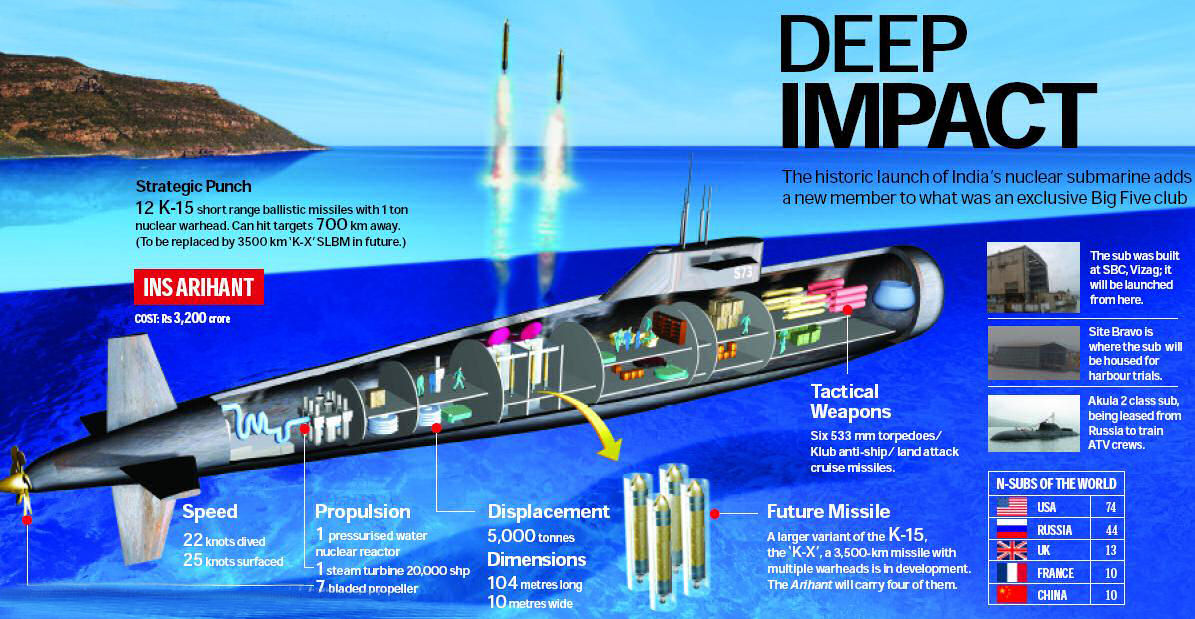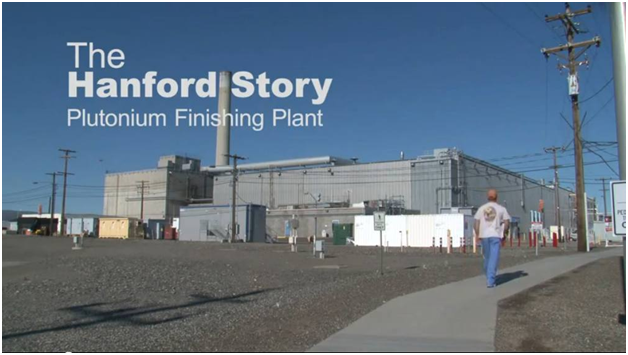Dr. Strangelove was a 1964 black comedy about the cold war conceived, co-written and directed by the brilliant director Stanley Kubrick. A U.S. Air Force general goes insane and dispatches his bombers to the Soviet Union. The U.S. managed to recall or shoot down all but one of the bombers which ultimately drops a bomb on the Soviet Union. The punch line of the film is that the Soviet Union had constructed a “doomsday” device that will trigger automatically if a nuclear bomb is dropped on the Soviet Union but the rest of the world did not know about it. The film ends with the destruction of the world. It turns out that the plot of the film was not as preposterous as some might think.
Prior to the 1980s, it was assumed by the Soviets that they would have at least thirty minutes warning if the U.S. attempted to launch a first strike against the Soviet Union. This would provide enough time for a retaliatory launch by the Soviets. However, with the increasing accuracy of U.S. submarine missiles during the 1980s, the Soviets had to reconsider their ability to launch a retaliatory strike before the U.S. missiles hit their targets and disabled the Soviet nuclear capacity. U.S. submarines could approach the coast of the Soviet Union and launch missiles that could strike their targets within three minutes. This meant that Soviet missiles could be destroyed in their silos before they could launch.
After the fall of the Soviet Union in 1991, Russian military sources admitted that the Soviet Union had developed a fail-safe method of insuring that the Soviet Union could survive a first strike nuclear attack and retaliate successfully. The system is called Perimeter (also known as Dead Hand). Perimeter would automatically launch all missiles, triggered by a combination of light, radioactivity and overpressure, even if every nuclear command center and all of their leaders were destroyed. This system is similar to the doomsday device in Dr. Strangelove. Apparently the system still exists and is fully operational.
The post-Soviet Russian military sources claimed that the system would only be activated in case of a major international crisis and would be not be left on all the time. One of the reasons given for the development and deployment of the Perimeter system was that it would tend to lessen the risk of an accidental launch by panicked officers in a time of international tension. The reasoning was that if military planners could be assured that no matter what happened, if the Soviet Union had been attacked, a successful retaliation could be carried out there would be less inclination to launch missiles in ambiguous circumstances.
Of course, the possibility exists that a nuclear detonation within the Soviet Union coupled with a sabotage of communication systems might result in Perimeter launching an all out nuclear attack on the United States. It would certainly be better for the world if global nuclear disarmament were carried out and the Perimeter system permanently disabled. As I have pointed out in past blog posts, if either the U.S. or Russia launched only ten percent of their nuclear arsenals, the resultant nuclear winter would end human civilization. No one “wins” a nuclear war.






